
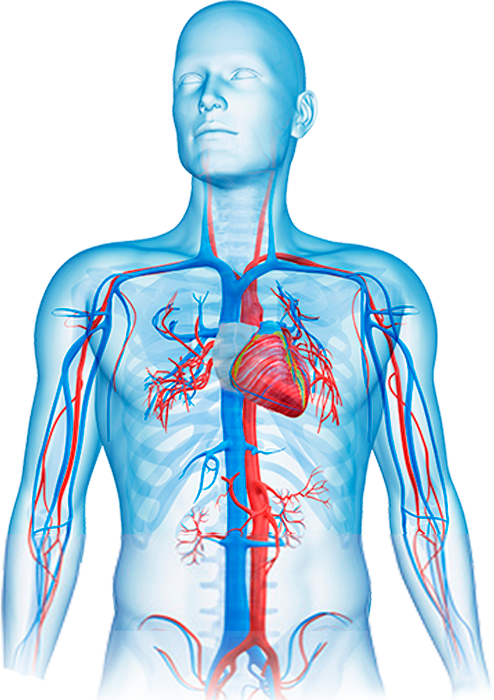



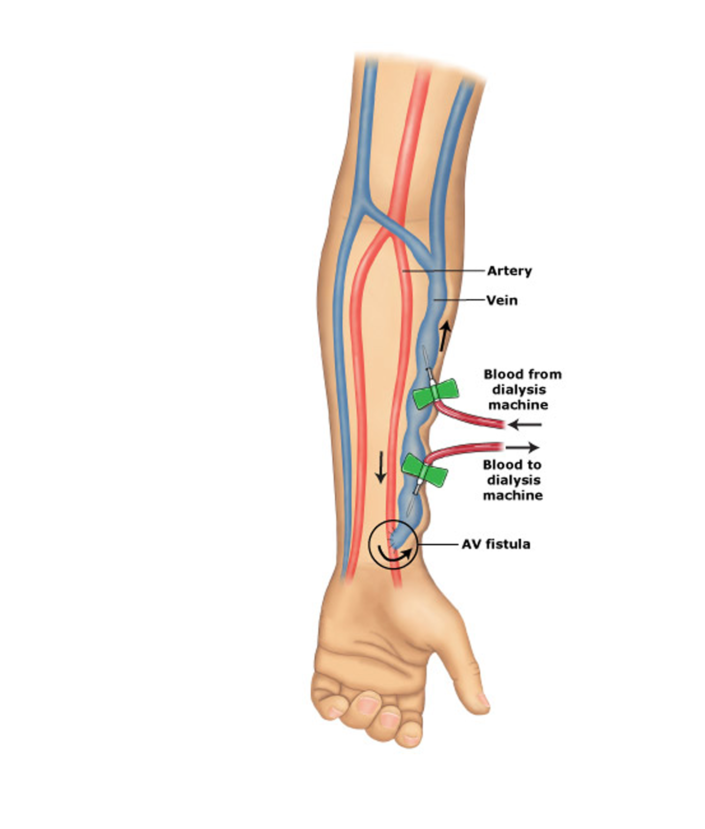
Dialysis Access Options Fistula Surgery and Percutaneous Fistula Creation The arteriovenous or AV fistula involves a direct connection between an artery and a vein. The connection is made surgically underneath the skin and allows for adequate blood flow during your
Read More
Dialysis Access Education What is an arteriovenous fistula? A surgeon creates an AV fistula by connecting an artery directly to a vein, frequently in the forearm. Connecting the artery to the vein causes more blood to flow into the vein.
Read More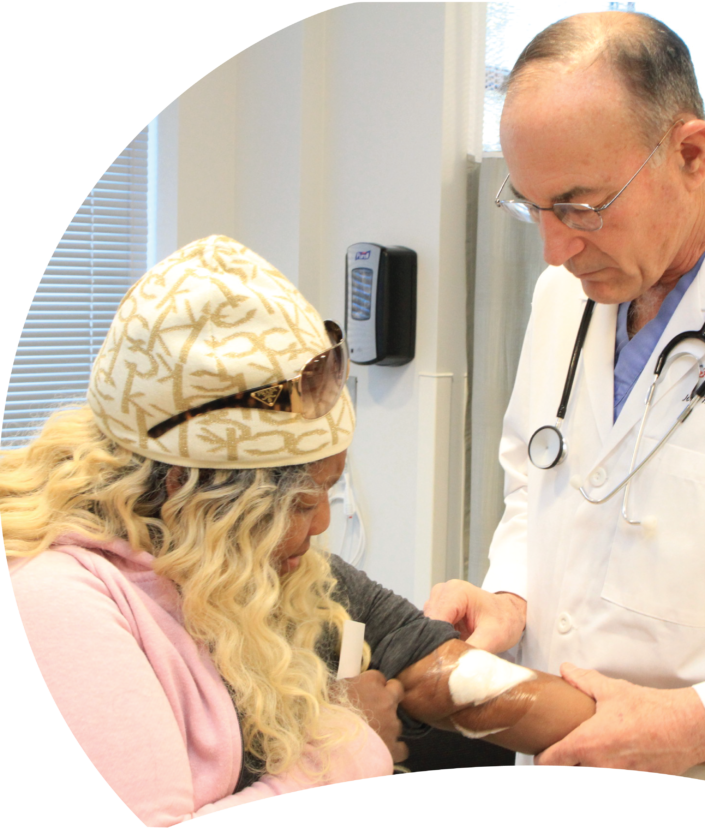
Dialysis Access Management Dialysis is a process by which waste products, excess water, and more are removed from the bloodstream of patients who suffer from kidney problems or failure. For patients who require it, dialysis treatment can be crucial to
Read More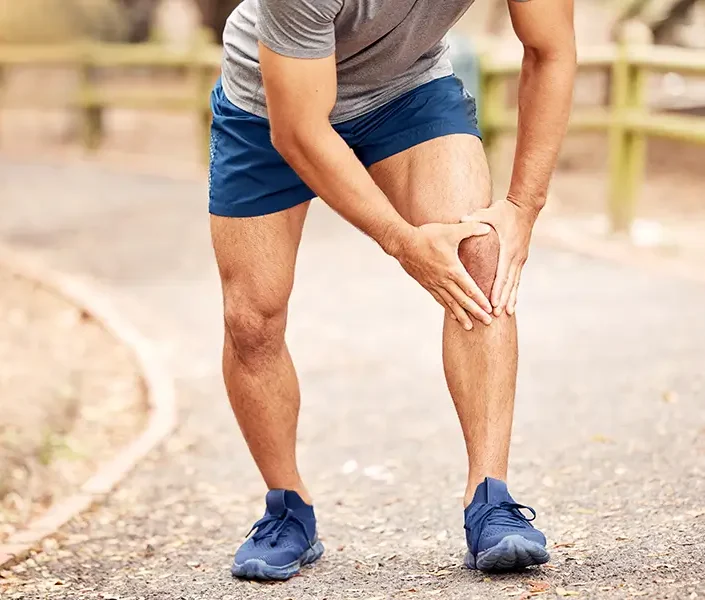
Genicular Artery Embolization is one of the most exciting and innovative alternatives to knee surgery - an advanced, non-surgical treatment designed to alleviate knee pain caused by osteoarthritis. By blocking specific blood vessels that contribute to inflammation, the GAE procedure
Read More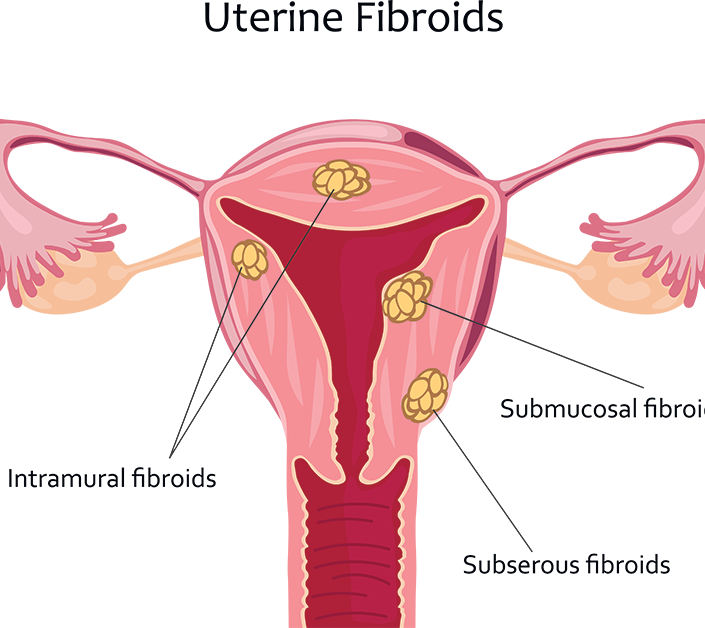
Uterine Fibroid Embolization (UFE) is a minimally invasive procedure used to treat uterine fibroids by blocking the blood supply that allows them to grow. This targeted approach can reduce symptoms like heavy bleeding, pelvic pain, and pressure—without major surgery and
Read More
What is Deep Vein Thrombosis? Deep vein thrombosis (DVT) is a condition in which a blood clot (thrombus) forms in one or more of the deep veins in your body, usually in your legs. Deep vein thrombosis can cause leg
Read More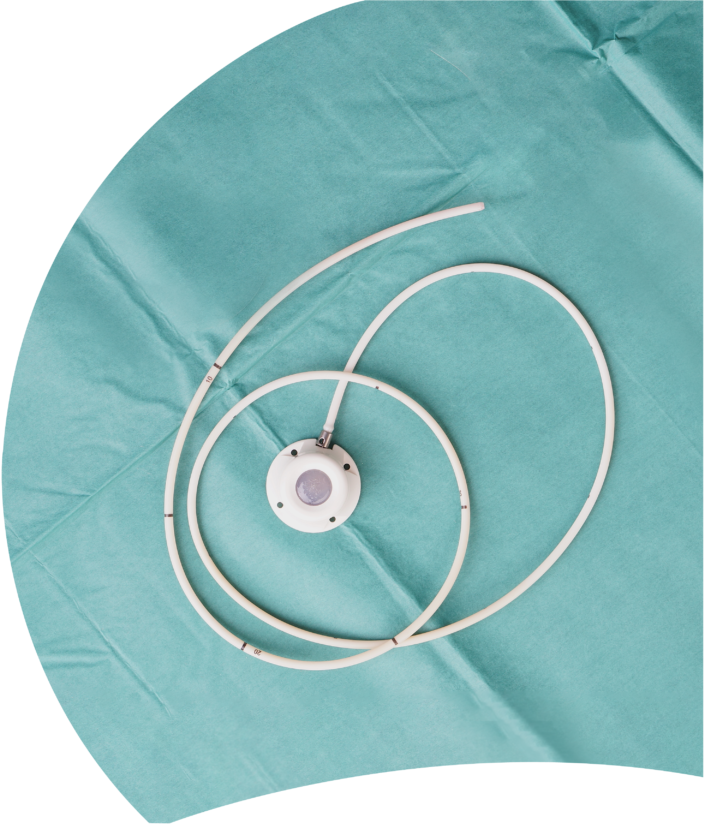
Mediport Care and Management An implantable mediport is a thin, soft, hollow tube made of plastic. It is put into a vein in your chest or arm. Implantable mediports (sometimes called portacaths or subcutaneous ports) are a small disc approximately
Read More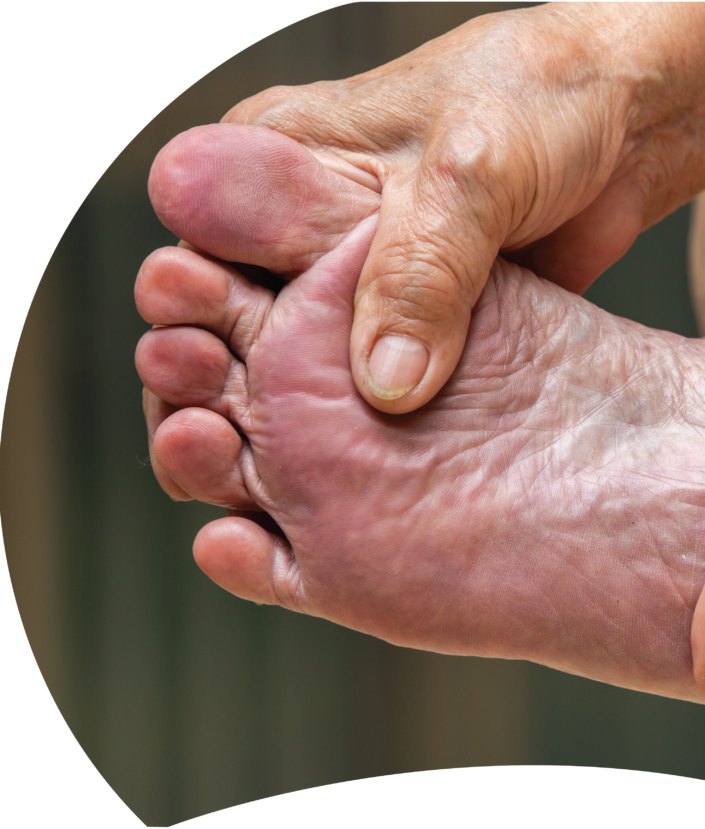
What is peripheral arterial disease (PAD)? PAD is a common circulation problem in which the arteries that carry blood to the legs or arms become narrowed or clogged. This interferes with the normal flow of blood, sometimes causing pain, but
Read More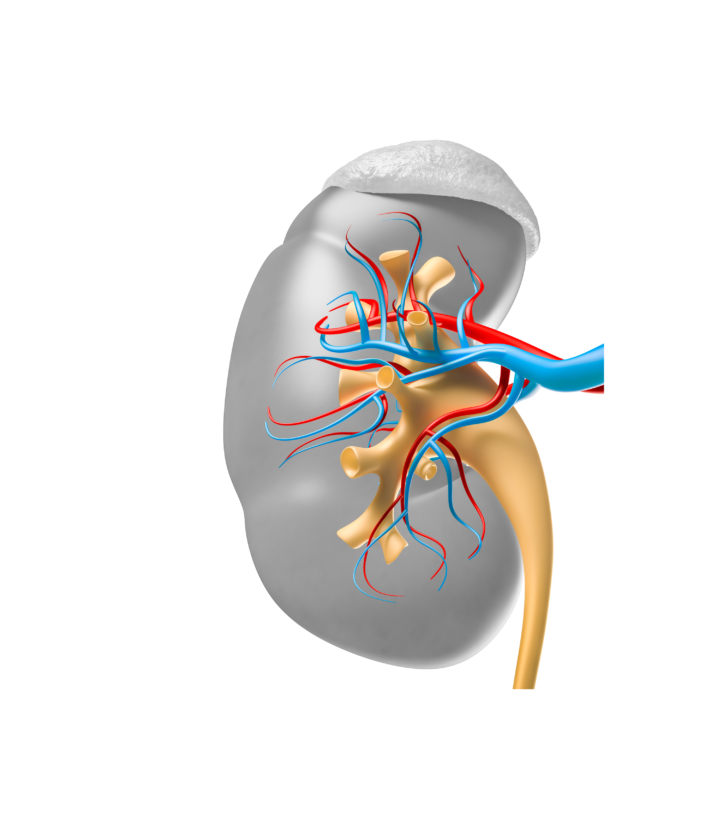
What is renal artery disease? In some patients, high blood pressure is caused by blockage in the artery to the kidney, a condition known as renal vascular hypertension. Vascular interventionalists can often treat these blockages without surgery. In most cases,
Read More
Spider Veins Spider veins are tiny, thin veins that can be seen very close to the skin’s surface. They look like red, blue or green spider webs just beneath the skin. Sometimes they are also described as looking like marble.
Read More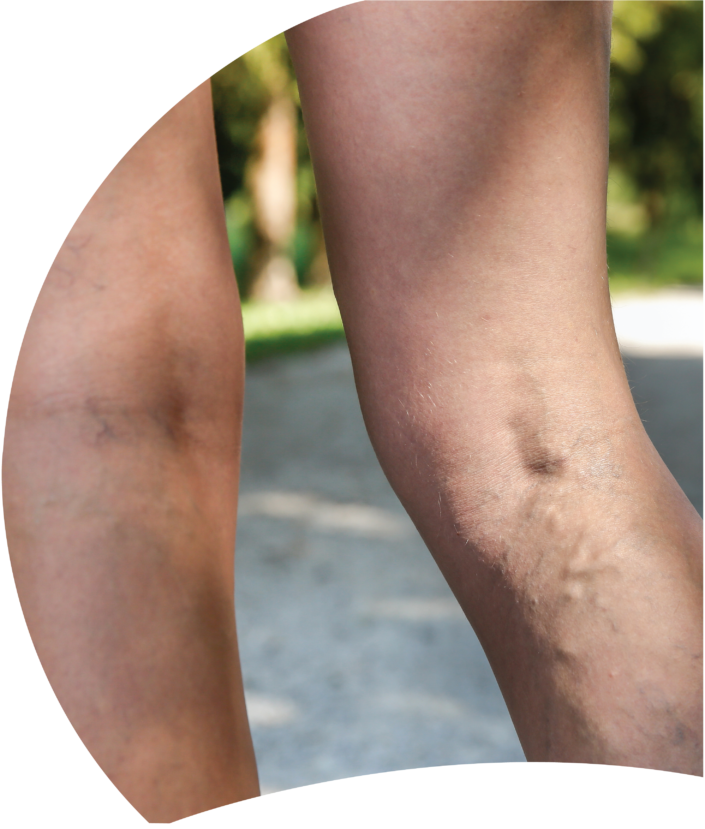
Varicose Veins Varicose veins are twisted, enlarged veins. Any vein may become varicose, but the veins most commonly affected are those in your legs and feet. That’s because standing and walking upright increases the pressure in the veins of your
Read More
If you are coping with uterine fibroids or PCS, the providers at Preferred Vascular Care are here to help. We understand the discomfort that this condition can bring and are dedicated to using cutting-edge treatments to provide you with the relief you deserve.
